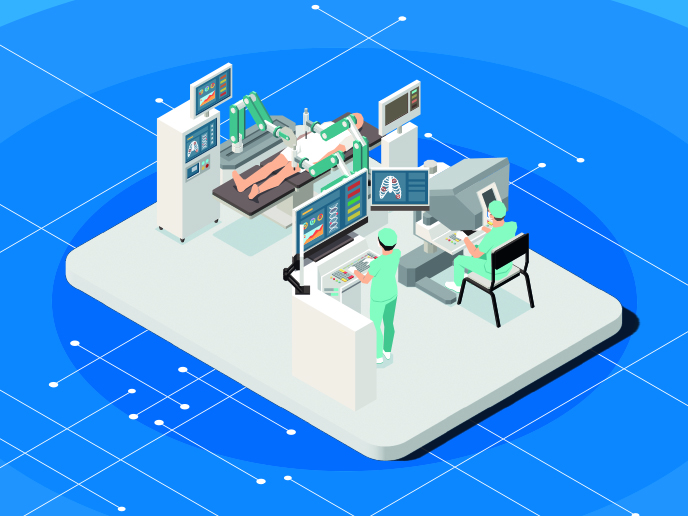II - Modelling every cell of an arrhythmic heart
“With MICROCARD, we will be able to simulate sizeable tissue samples – hopefully even whole hearts – with realistic cell geometries.”
Mark Potse, MICROCARD project coordinator
Across industry and science, there is an array of essential computing tasks that classical supercomputers struggle to solve. Examples of such complex problems include the optimisation of traffic flows and fundamental numerical problems in chemistry and physics for the development of new drugs and materials. Almost everyone has experienced the sensation of their heart racing, or a fluttering in their chest. For most this will be both temporary and harmless, but for others it’s evidence of a malfunction in the electrical impulses regulating heartbeat, a life-threatening condition called cardiac arrhythmia. To better understand and treat this condition, cardiologists have been using numerical electrophysiology models that divide the heart into elements, each covering a few hundred cells. But such an approach has shown its limits. “These models are basically assuming that all cells in each group are doing more or less the same thing. This is a reasonable assumption when looking at a healthy heart, where the electric coupling between these cells is strong, but it doesn’t hold for structurally damaged hearts,” says Mark Potse, research professor in cardiac modelling at IHU Liryc(opens in new window) in France and MICROCARD(opens in new window) project coordinator. In unhealthy hearts with infarction scars or various cardiomyopathies, the electrical activation can end up running in circles, leading the heart to possible fatal arrhythmia. As the individual behaviour of each cell is crucial in these events, Potse and his team working under the MICROCARD project have been aiming to represent each one of them in HPC-powered simulations. “There have been models of individual cells before, but they were highly simplified. With MICROCARD, we will be able to simulate sizeable tissue samples – hopefully even whole hearts – with realistic cell geometries. Of course, this requires much more powerful computers along with the expertise to use these machines well,” Potse explains. So far, the project has created various building blocks of the new platform. With numerical models being used every day by dozens of research groups across the world, MICROCARD will likely be adopted by various groups to investigate the behaviour of damaged tissue and complex heart structures such as connections between the cardiac Purkinje fibres and the muscle tissue.



